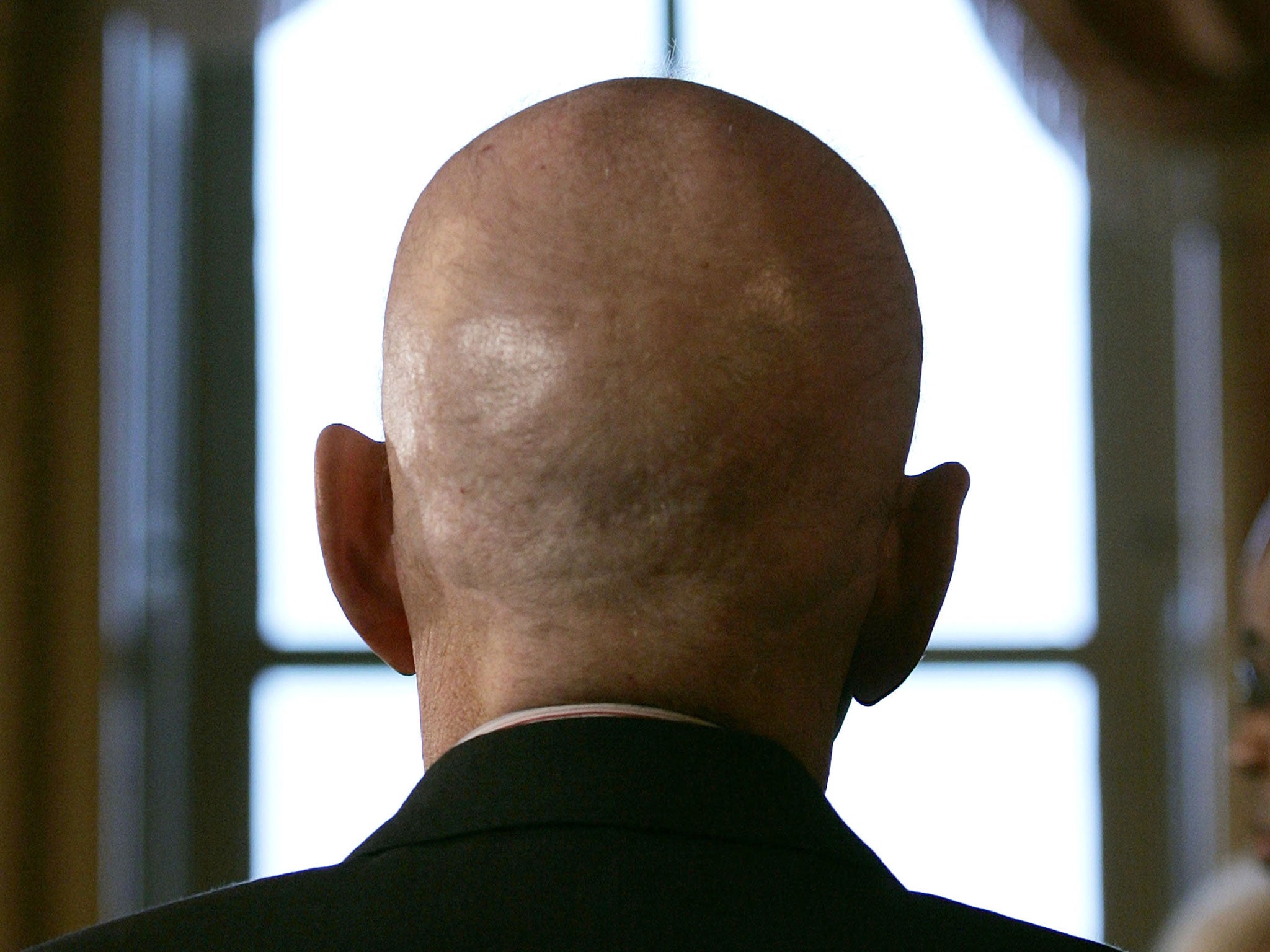Baldness could soon be treated using stem cells, scientists hope
While baldness is not life-threatening, it can have a devastating effect on a person's confidence

Baldness may soon be a thing of the past, as scientists believe stem cells could hail a new future in the way the condition is treated.
The most common form of alopecia, or hair loss, is male-pattern baldness, which affects around half of men by the time they reach 50.
Female-pattern baldness is less common, and less understood, but usually hits when a woman goes through the menopause.
While alopecia is not life-threatening in itself, social pressures mean that those who suffer from the condition can feel self-conscious, and can become depressed.
Now, scientists at the Sanford-Burnham Medical Research Institute in San Diego, California, believe the condition could finally be treated, and have announced they are able to grow new hair using human stem cells.
In the past, scientists isolated health dermal papilla cells, which are vital to hair growth, and grew them in a culture. But, as the cells reproduce, they become less effective.
To make their breakthrough, the scientists avoided the problem by producing the papillae from stem cells – a technique proven to work on rats.
Alexey Terskikh, an associate professor at Sanford-Burnham, told The Telegraph he hopes the procedure could lead to more effective hair transplants in humans.
"Our stem cell method provides an unlimited source of cells from the patient for transplantation and isn't limited by the availability of existing hair follicles," he said.
"Our next step is to transplant human dermal papilla cells derived from human pluripotent stem cells back into human subjects."
Join our commenting forum
Join thought-provoking conversations, follow other Independent readers and see their replies
Comments